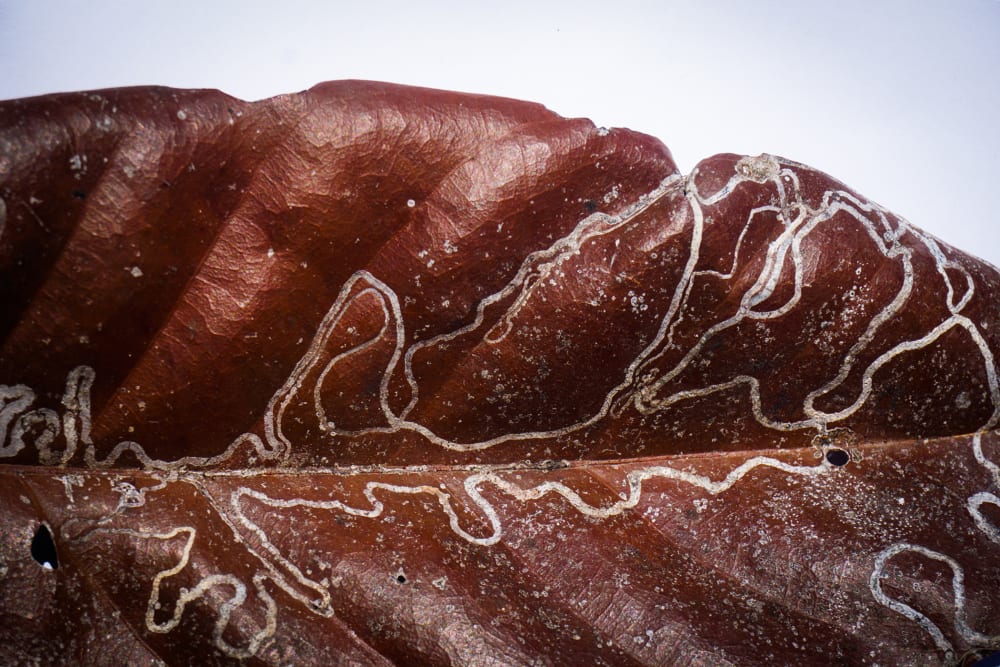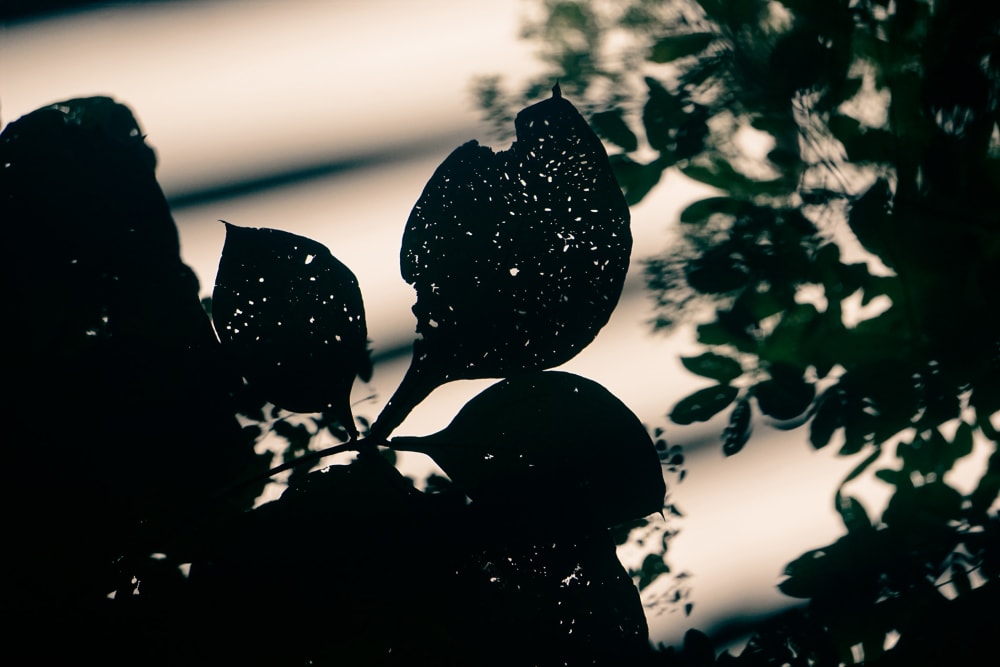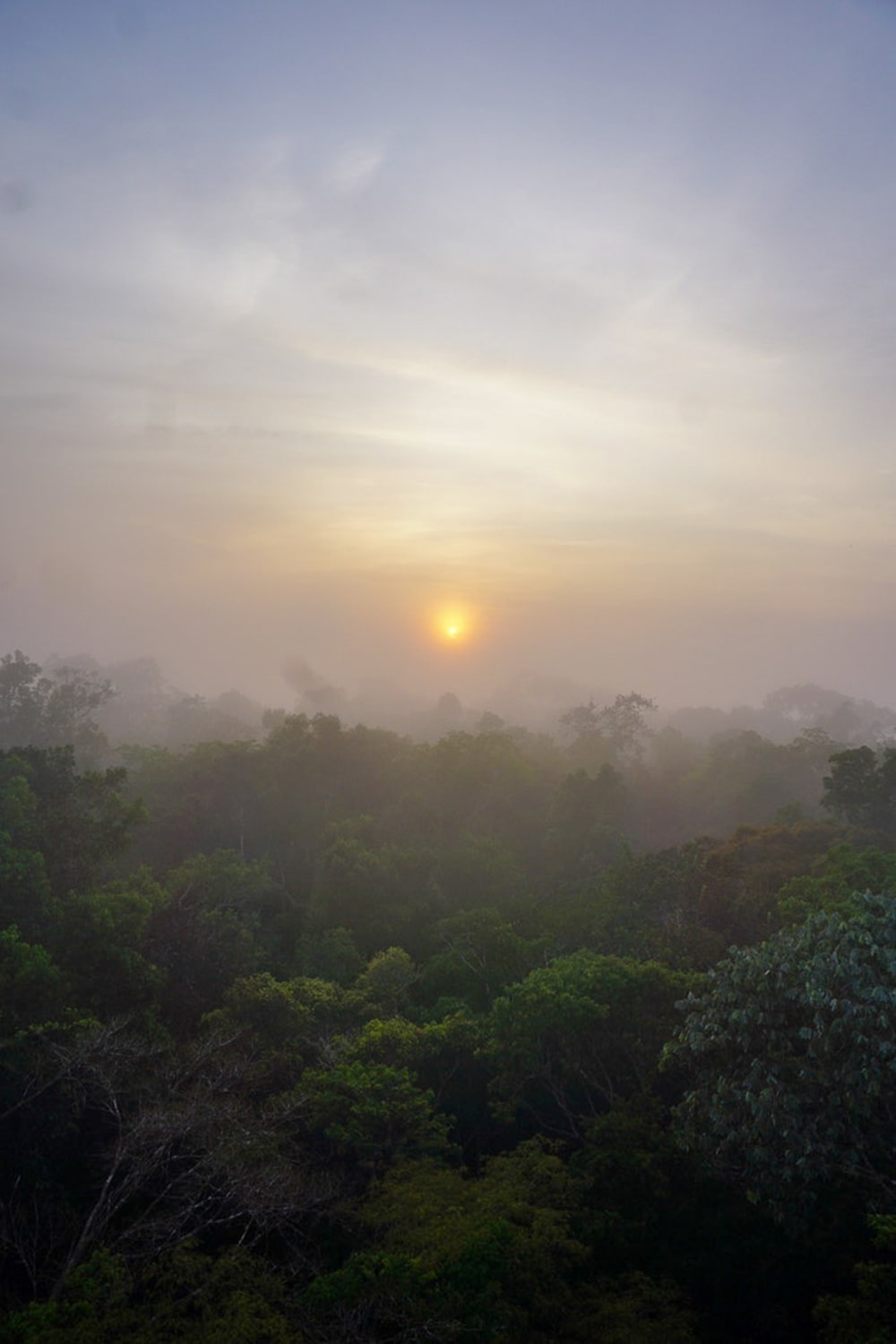
Molly Macleod reports back on her AER Residency at Labverde

- Written byMolly Macleod
- Published date 15 November 2022

Molly Macleod, MA Art & Science Alum from Central Saint Martins, was selected for the AER residency at Labverde, Brazil, and reports back to the Post-Grad Community.
Set up by Professor Lucy Orta UAL Chair of Art for the Environment - Centre for Sustainable Fashion in 2015, The Art for the Environment International Artist Residency Programme (AER) provides UAL graduates with the exceptional opportunity to apply for short residencies at one of our internationally renowned host institutions, to explore concerns that define the 21st century – biodiversity, environmental sustainability, social economy, and human rights.
Molly's Report
In the Amazon, there is no word for nature. We are not separate, we are intertwined.
We started the 10 day Labverde residency programme at the Adolfo Ducke Reserve near Manaus, Brazil. We spent our time between fascinating lectures in the classroom by visiting ecologists, authors and scientists then heading out on hikes into the rainforest, learning about the biodiversity around us, swimming in the river and exploring by torchlight. Alongside our lead activities, designed to inform and inspire, all of the artists also spent time wrestling with their own creative ideas, experimenting, helping each other, sharing, deliberating and collectively producing an astounding amount of work in response to our surroundings.


One day, we set off in to the dense forest to talk about the future, unprepared, uninformed and vulnerable. Unless you live in the rainforest that's all you will ever be. Our guide for today was from the Amazon FACE project. He revealed the harrowing conclusion that we are far beyond preventing climate change and we must prepare and study what is coming. At Amazon FACE they are studying the effects of increased CO2 levels on the forests of Amazonia. Among his predictions were that the trees we were standing between would firstly see an increase in growth due to the wealth of carbon dioxide the trees need to photosynthesise and eventually this growth would be concentrated on the roots, the trees seeking out more nutrients to match the growth above ground. This is all before the eventual Tipping Point occurs, throwing the balance of our ecosystems off entirely and leading to collapse. This tension and balance is something I will hopefully be trying to communicate with the work I produce inspired by this experience.


As we walk through the enveloping rainforest landscape, the scale is lost. You focus on your steps, staring intently at the forest floor as your naivety forces your gaze down to identify the potential threats and hazards that come with the forest. Light in the rainforest is a scarce commodity, slowly fought over and coveted. This darkness brings you further in to your mind, forgetting the reality of the vast expanse of wilderness that surrounds you. As I swam in the darkness, lost in my thoughts I began to notice the red matted roots that swarmed the forest floor. How far away from human is this place? I see our bodies reflected, veins and arteries, networking, connecting everything.

I began collecting these bright red root systems wanting to mould them into something human, to help us see ourselves reflected in the forest. With limited materials I came across some latex gloves I had packed by chance and flled these with the vascular shapes and water placing them in the freezer to solidify into hands. I then took these frozen hands out into the forest and let them melt away in the heat, leaving behind a hint of the human in the forest. I was playing with the concept of a speculative future of plant/human hybrid forms, inspired by the prediction of the trees reaction to increasing CO2 levels being focussed on increased root growth. The transient nature of ice brings an element of tension and instability to the objects, allowing the heat of the environment to have a tangible and visible effect on the work. These concepts were also inspired by the workshop we engaged with by visiting UAL Curatorial Associate Camilla Palestra who helped us to consider the concept of 'weathering' in relation to climate change both conceptually and practically.


We had the spontaneous pleasure of sharing the reserve with ecologist Francisco Xavier or 'Chico' a man with eyes adjusted to the moonlight who insisted on leading a night walk out into the forest for those who were awake enough and brave enough. We headed out brandishing an array of torches, red light to not disturb the wildlife, UV light to help us seek out scorpions. We found feisty tarantulas defending their nests, ants and termites marching to their own collective logic, and a spider that still haunts me; bigger than our heads with strange mandible claws like a creature that belongs in the darkest depths of the abyssal ocean. Chico then invited us to take a seat on the forest floor amidst the creatures of the night and turn off our torches telling us a tale of how the rivers of the Amazon formed through a gigantic fallen tree transforming into the dendritic patterns of it's tributaries. He told us to imagine our ancestors, who are not so far away, sitting together in the dark forest and to feel the fear they must have felt. As we sat there I felt my fear melt away as I realised all the people who had sat in the dark, in the depths of the rainforest and survived before me. 'The most dangerous forests are the ones filled with people' he said, as our eyes adjusted to the moonlight. The howler monkeys began their low rumbling calls somewhere in the distance and I learnt that although it sounds menacing this is the sound of their happiness. Not everything is what it seems in the forest.


One of the most poignant things I learnt during my time on the reserve is that all of my knowledge and instincts from spending time in European forests are irrelevant here. In the Amazon you never seek out time alone, there is safety in the group, you aren't trying to get yourself lost, don't poke and pick up everything you find interesting. Trees and vines are not your friend if you stumble, they are likely to be hosting ferocious spikes or housing fiery red ants.


I cautiously spent a lot of time with the soil in the forest. Testing it for its electrical conductivity and building a battery from the earth, powering LED lights and taking long exposure photographs in the night using the power of the soil. I wanted to experiment with something circular and self sustaining with the amount of light emitted being determined by environmental factors such as the amount of moisture in the soil at that time. I was looking to take a photograph in every sense of the word, capturing a moment in its entirety.


This was the idea I came to Labverde with. My application outlined my focus on soil and its electrical potential, particularly finding Terra Preta (Amazonian Dark Earth) and investigating whether it's increased carbon content would mean a larger current from a soil battery created with it. Unfortunately there was no Terra Preta on the reserve we inhabited and with the schedule so tightly packed I was unable to take the time to directly locate some. I continued my research with the materials and time that were available to me and allowed myself to be lead away from my initial idea and experiment with what inspired me and caught my attention at the time. I spent a lot of time using my jewellers loupe to photograph new structures and shapes close-up. I also identified different types of soil and took samples , grinding them down to create pigments. I used my sound recording equipment I brought with me to try and capture the sonic environment of the rainforest. I was investigating the hidden sounds from under the soil, burying microphones or using long needles to penetrate the earth and listen in to the sounds below ground.



In my preparations for the residency I did develop my own Terra Preta in my studio and using this dark earth I created a method of scaling-up soil chromatography (usually performed on tiny filter papers) on to large pieces of silk. I liked the ritual of bringing together materials to create my own dark earth and then using chromatography to pull those materials apart again , creating a pictogram of the soil's constituent parts. I brought these large chromatography pieces with me to Labverde and experimented with taking them out into the forest .It felt like I was performing a cultural and material exchange with the landscape.


One morning we all piled into a coach in the darkness, before the sun was up and headed sleepily to the remains of what used to be a weather station, a sky-high rusty structure protruding up through the tree canopy. As we climbed, the sun climbed too. We passed up through the canopies, showing us how vertical life in the the rainforest really is, reaching the platform at the top just in time to see the mist being burned away by the new sun across the tops of the trees. Here is where the scale finally hits you, how vast the Amazon really is and how tiny and insignificant we are as humans within this space. How can we as humans be having such a huge and detrimental effect on a space that seems so infinite? The power of collective activity, like the ants I have been watching: we each take a tiny piece away until the forest has nothing left to give.

From the sunrise on the tower we continued our journey to the Balbina Hydroelectric Dam. A landscape overwhelmed by water. The bony skeletons of trees sticking out of the water as far as the eye could see. We commiserated and were educated as we passed through the drowned forest. The promised electricity that was proposed to power the entire city of Manaus has never materialised and the massive amount of vegetation left to decompose in the reservoir has resulted in acidic, anoxic water that will eventually corrode the turbines and render the dam useless. The creation of the dam also caused the displacement of the Amerindian and Waikiki-Atroari people. I hope we learn from this watery wasteland and find better ways to live and power our lifestyles.


For the final 3 days of our adventure we left the reserve and embraced a more transient way of life aboard a boat on the Rio Negro. The breeze in the air and the sense of space water brings helps me understand why people inhabit the spaces where the river meets the land. The river beaches were covered in curious seeds of all shapes and sizes washed clean and assembled here by the water. The roots along the edges of the river are bare and exposed, a glimpse into the riot of life going on under the soil.We swam in the river so much our skin stained orange. We swam at night under the full moon, teaching each other songs from far off lands, we floated with our ears underwater listening to the hum of distant boats and the whistles of pink river dolphins. We adorned each other with clay and colourful leaves found floating in the tea stained water.

I found myself in a land of extremes in the rainforest, humidity, heat & darkness. From gazing up at neck achingly tall trees to focussing in on one tiny patch of lichen and watching the world of insects and fungi playing out on the forest floor. Covered in sweat and dirt no shower could solve and overwhelmed with ideas and new information in an environment that a thousand thoughts could never have imagined accurately.
Related Links
- Art for the Environment International Residency Programme (AER)
- Labverde
- UAL Centre for Sustainable Fashion
- UAL Post-Grad Community
- Molly's Instagram
Art for the Environment Residency Programme
The Art for the Environment Residency Programme (AER) provides UAL graduates with the opportunity to apply for a 2 to 4 week fully funded residency at one of our internationally renowned host institutions, to explore concerns that define the 21st century – biodiversity, environmental sustainability, social economy and human rights.
Founded in 2015, internationally acclaimed artist Professor Lucy Orta, UAL Chair of Art for the Environment – Centre for Sustainable Fashion, launched the programme in partnership with international residency programmes and UAL Post-Grad Community.